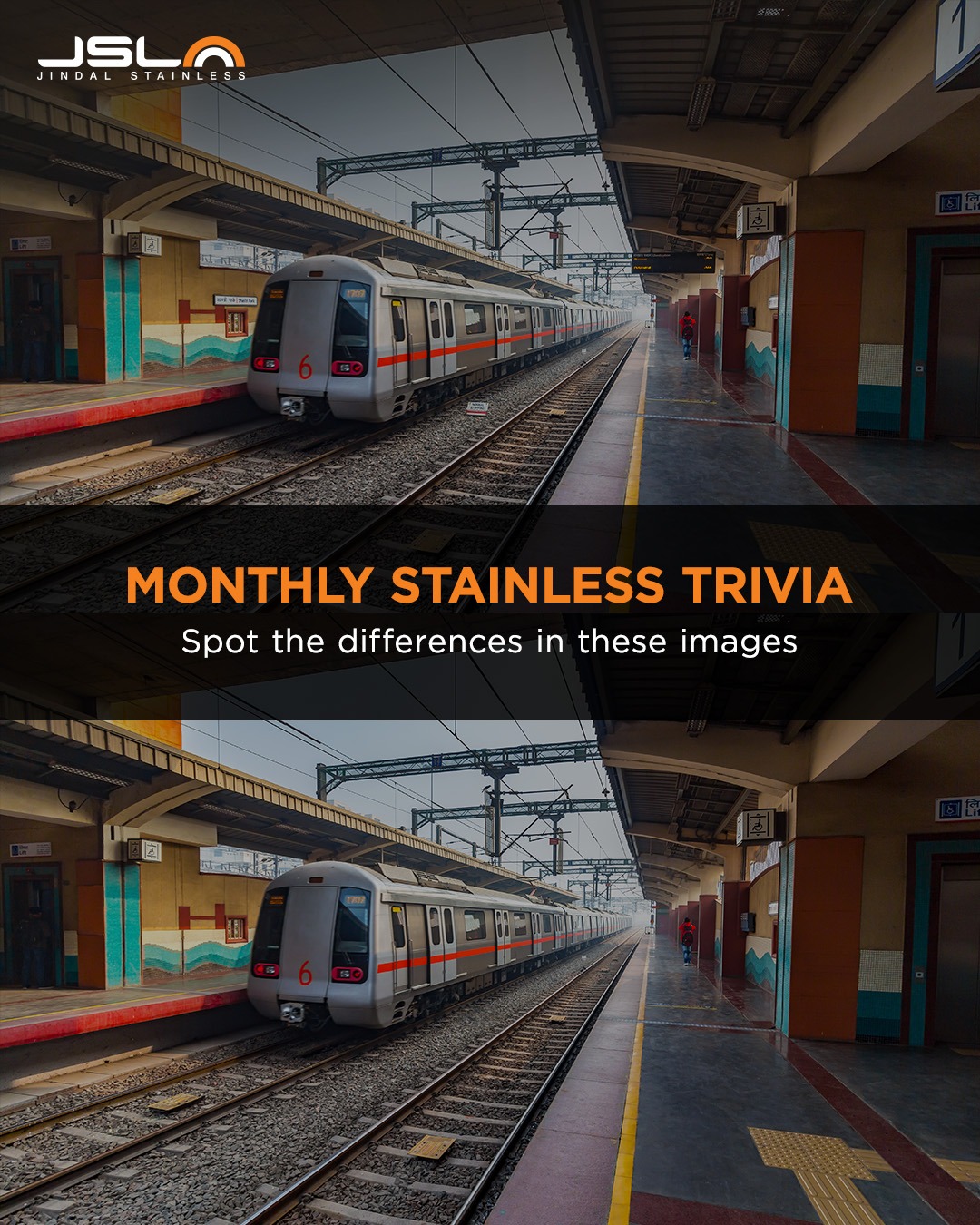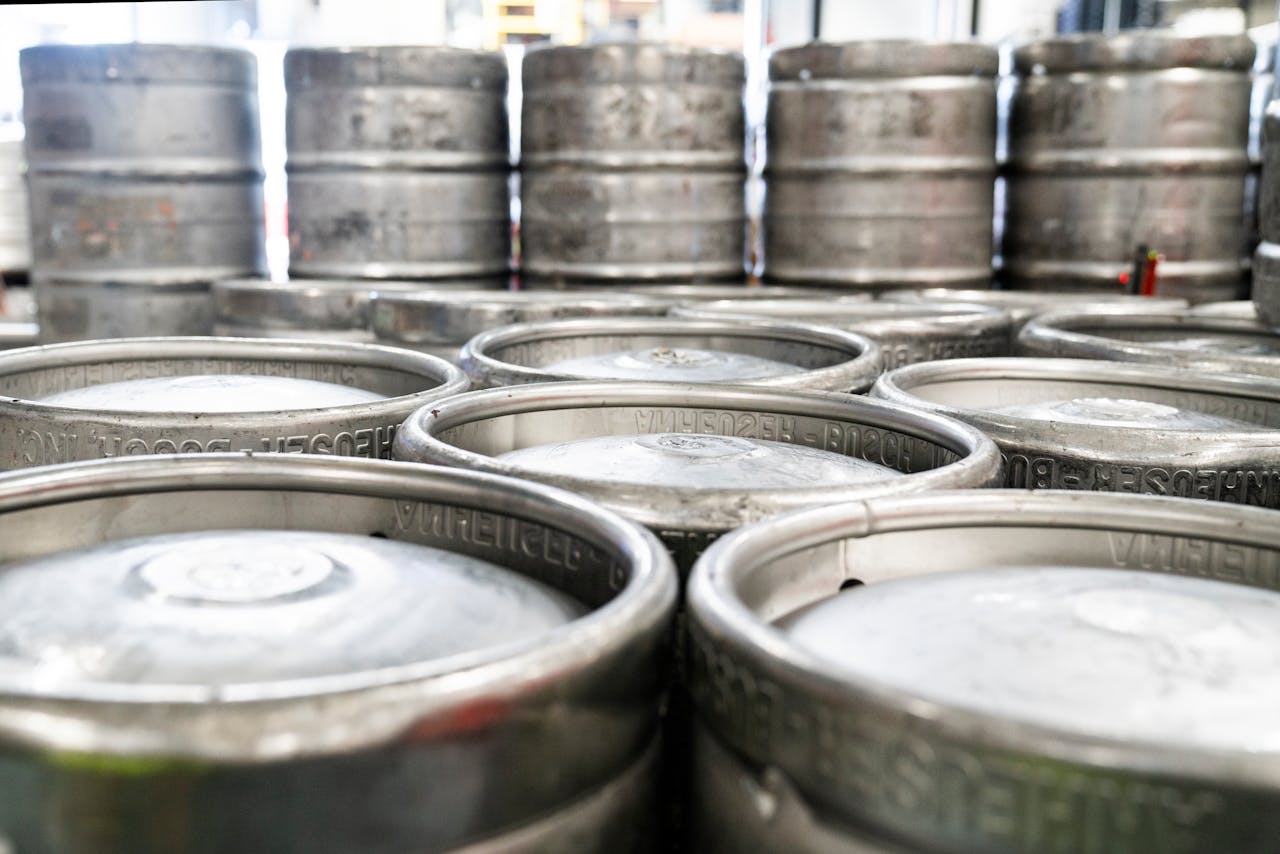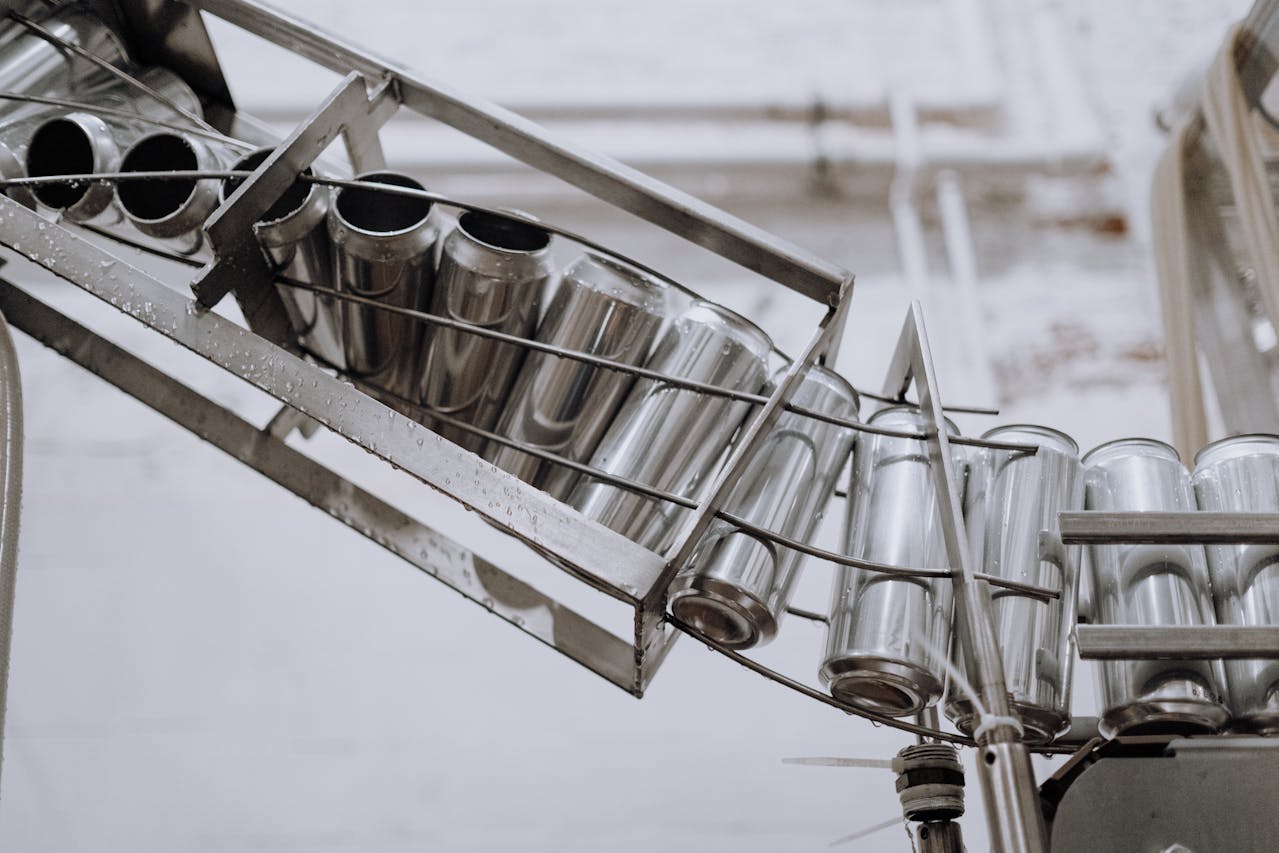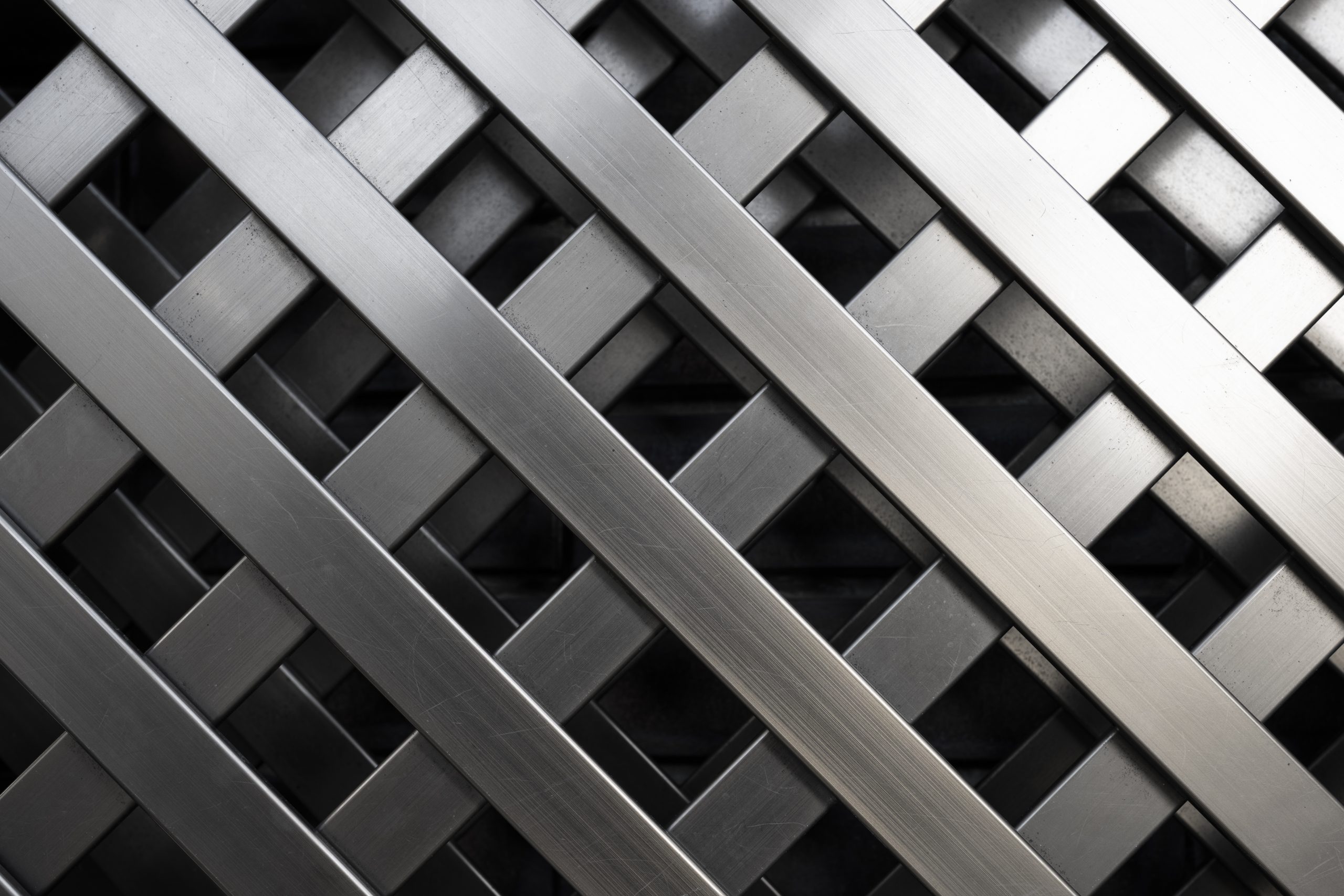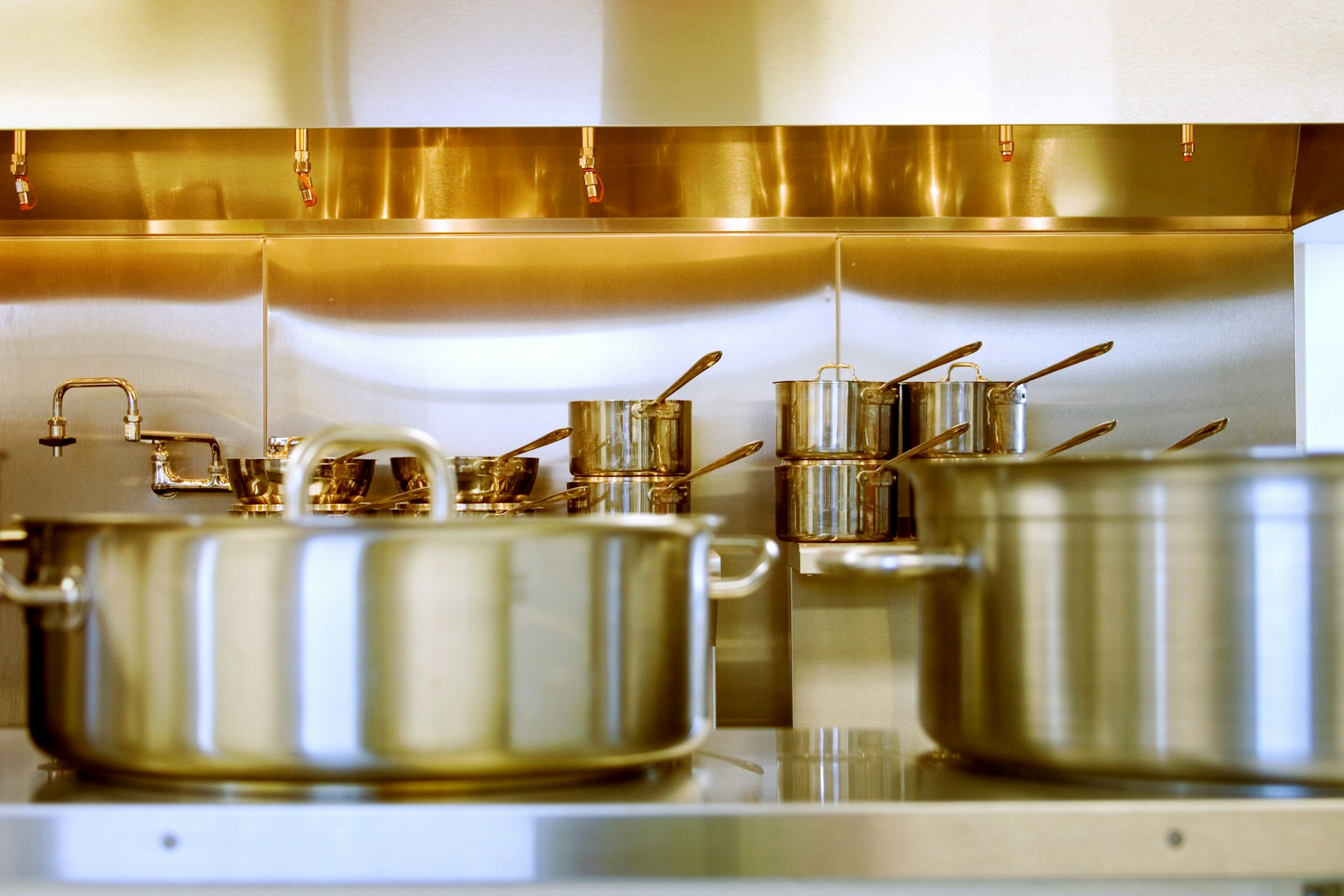304 vs 316 Stainless Steel: Which One Is Better?
January 28, 2025
In construction, manufacturing, and numerous other industries, stainless steel stands as an important material due to its resilience to corrosion, aesthetic appeal, and overall durability. Within the vast array of types, 304 and 316 grades of stainless steel are particularly prominent, serving a wide range of applications from kitchen utensils to industrial equipment. Understanding the difference between 304 and 316 stainless steel is essential for choosing the right material for your project, as each offers unique benefits and features.
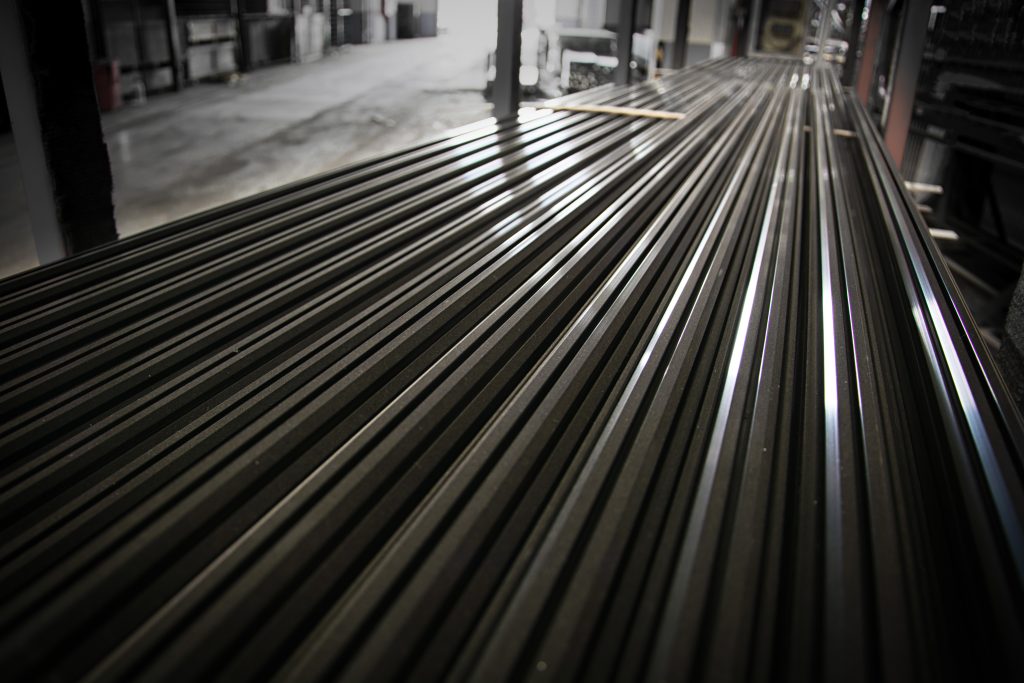
What Is 304 Stainless Steel?
304 stainless steel is composed primarily of iron, with a blend of chromium and nickel that typically falls between 18-20% for chromium and 8-11% for nickel. What is 304 stainless steel good for? Its easy-to-clean property makes it perfect for kitchen and food-related uses. It is also valued for its ability to be shaped and welded easily, fitting various designs and sizes.
What Is 316 Stainless Steel?
Diving into the specifics of 316 stainless steel, this grade includes about 16-18% chromium and 10-14% nickel, similar to 304 stainless steel, but distinguishes itself with the addition of about 2-3% molybdenum. This element is crucial for enhancing its overall composition. The rest of the makeup typically involves small amounts of carbon, usually below 0.08%, manganese, silicon, and trace elements, ensuring its distinctive properties.
Key Differences Between 304 and 316 Stainless Steel
When starting projects and deciding whether to use 304 or 316 stainless steel, there are a few deciding factors to consider while choosing between 316 and 304 grade stainless steel, particularly when focusing on the difference between 316 and 304 stainless steel.
Corrosion Resistance

Both 304 and 316 exhibit strong resistance to a wide spectrum of chemicals. However, 316’s inclusion of molybdenum gives it a superior edge in combating chloride exposure, making it the go-to option for marine and chemical processing applications. This is an important difference between 304 and 316 stainless steel, especially in environments where corrosion is a major concern.
Strength and Durability
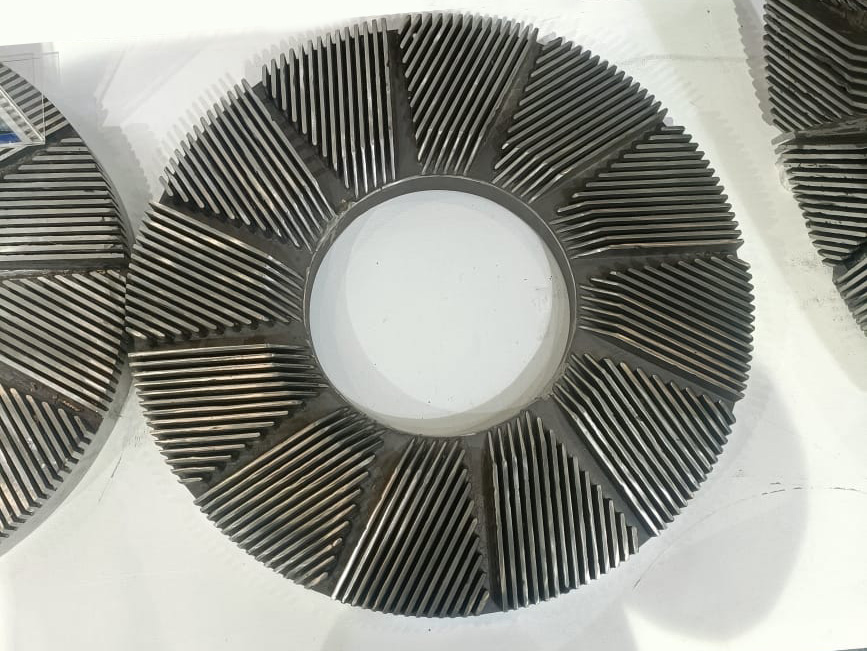
While both grades offer high strength, the superior corrosion resistance offered by 316 grade comes into play in harsh environments. 316’s enhanced resistance to corrosion-related deterioration ensures a longer lifespan in more aggressive conditions.
Cost
In the comparison of 304 vs 316, cost is a significant consideration. Typically, 316 comes at a premium due to its heightened corrosion resistance and the addition of molybdenum. Deciding if the extra expense is justified depends on the specific environmental challenges and the longevity required for the application.
Common Applications
304 stainless steel is used in homes and businesses for things like kitchen equipment, pipes, and everyday items because it’s strong and doesn’t easily rust. However, when you compare 304 to 316 stainless steel, 316 is chosen for tougher jobs. This is because 316 is even better in terms of corrosion resistance, especially in places like marine environments or in medical applications, where it’s really important to prevent any rust or damage.
When to Use 304 vs. 316 Stainless Steel
Choosing between these two types of stainless steel depends on several factors, including the project’s specific needs and the environmental conditions. For projects with limited exposure to harsh chemicals or saline environments, 304 offers an economical yet durable choice. It’s perfect for general applications where stainless steel’s primary benefits, including its aesthetic appeal, are desired.
Conversely, for applications with potential exposure to chlorides, such as in coastal areas or where certain chemicals are prevalent, 316 is the superior choice. Its enhanced corrosion resistance ensures durability and longevity, outweighing its higher cost in the long term.
While both 304 and 316 stainless steel grades offer excellent qualities for a wide range of uses, the choice between them comes down to specific environmental challenges, risk exposures, and budget constraints. Understanding the difference between 304 and 316 stainless steel is key to making a choice that best meets the project’s needs, ensuring optimal functionality and longevity.
